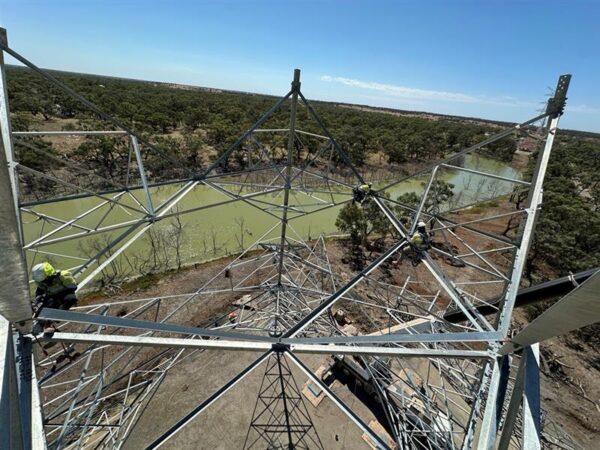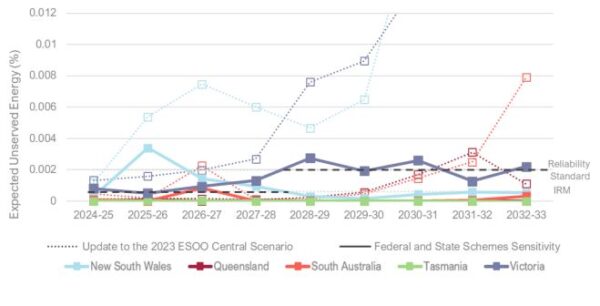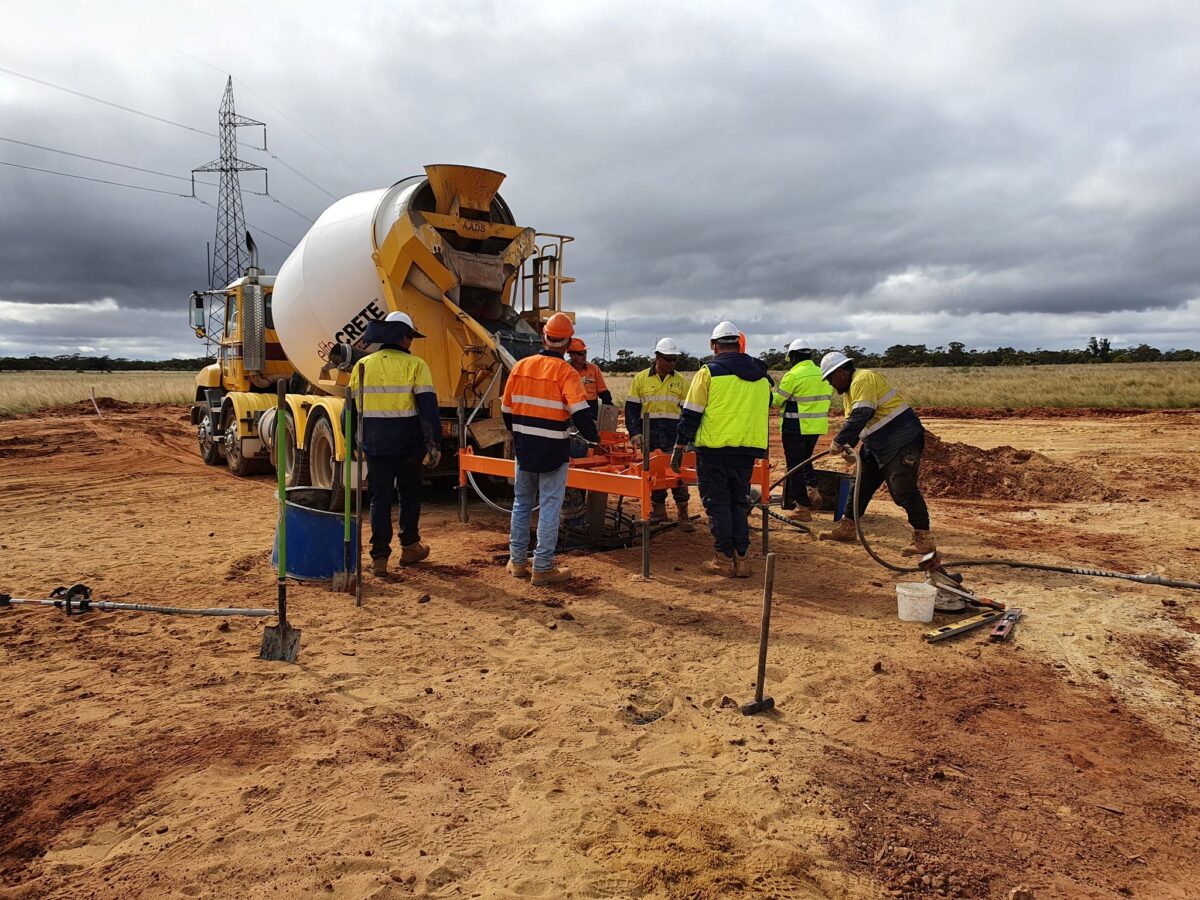The Australian Energy Market Operator (AEMO) has published an update to the Electricity Statement of Opportunities (ESOO) report, renewing its call for urgent investments in new generation, demand response and transmission capacity to ensure the ability of the National Electricity Market (NEM) to reliably supply demand.
In the new ESOO, the 10-year reliability outlook for the national power system, AEMO said reliability gaps are forecast in all mainland NEM regions in the next decade in the central scenario, signalling a need for further commitment and delivery of generation, transmission, demand side participation (DSP) and consumer assets such as batteries that can be orchestrated to minimise grid requirements.
The market operator said the update was triggered due to material changes impacting reliability risks since the 2023 ESOO was published last August, including new expected commissioning dates for Project EnergyConnect, the transmission development that will link New South Wales (NSW) and South Australia.
NSW network operator Transgrid has advised that the commissioning date for the first stage of the EnergyConnect project, that will release 150 MW transfer capacity, has been pushed back five months to November 2025. The second stage, that will deliver the full 800 MW of transfer capacity, is now not expected to come online until July 2027, 12 months later that previously scheduled.

Image: Transgrid
While delays in the commissioning of transmission and generation projects have triggered reliability concerns, AEMO said the addition of approximately 4.6 GW of new generation and storage projects that have sufficiently advanced since the 2023 ESOO was also considered in the latest update.
AEMO Chief Executive Officer Daniel Westerman said the report shows a need for timely investment in projects to generate, store and share electricity but added “Australia’s energy transition is well underway.”
“Industry and governments are responding to the reliability risks from retiring coal by investing in new infrastructure to ensure a reliable and secure electricity supply going forward,” he said.
“The urgency for the timely delivery of transmission, generation and storage, and use of consumer electricity resources to support the grid, remains to meet consumers’ energy needs.”
The updated ESOO report forecasts varying reliability gaps in all mainland regions of the NEM over the outlook period in the central scenario, which considers existing, committed and anticipated projects. AMEO said this scenario does not include federal or state government energy programs or approximately 280 GW of proposed generation and storage projects in the development pipeline, 4.5 times today’s NEM capacity.
AEMO said compared to the 2023 ESOO central scenario, reliability risks have increased in NSW and Victoria from 2024-25 to 2027-28 and increased in South Australia in 2026-27.
As a result of the reliability gaps forecast, AEMO said it will tender for reliability reserves to shore up the market in NSW and Victoria over summer 2024-25.
In Queensland, reliability risks have improved since the 2023 ESOO.

years of the 10-year horizon.
Image: AEMO
The report shows that reliability risks in all mainland regions are forecast lower than the 2023 ESOO central scenario towards the end of the outlook horizon due to the consideration of additional storage and generation developments.
AEMO added that firming and renewable energy developments that have specific funding, development or contracting arrangements under federal, state and territory government schemes and programs have the potential to address the majority of forecast reliability risks.
Westerman said there are plenty of generation and transmission projects in the pipeline to reduce reliability risks to below the relevant standard but added it is critical they progress as projected.
“While new generation and storage capacity continues to increase, project development and commissioning delays are impacting reliability throughout the horizon,” he said.
The next ESOO will be published in August 2024 in accordance with the National Electricity Rules requirements.
This content is protected by copyright and may not be reused. If you want to cooperate with us and would like to reuse some of our content, please contact: editors@pv-magazine.com.









The updated Electricity Statement of Opportunities (ESOO) from the Australian Energy Market Operator (AEMO) highlights the urgent need for investment in generation, demand response, and transmission to address reliability gaps in the National Electricity Market (NEM). Delays in key projects like Project EnergyConnect have exacerbated these concerns, with significant reliability risks now forecasted for NSW, Victoria, and South Australia over the next decade. Despite these challenges, the addition of new generation and storage projects offers some optimism. AEMO underscores the necessity for timely completion of these projects to ensure a stable energy transition. The report underscores the critical balance between addressing immediate reliability concerns and progressing towards a sustainable energy future.